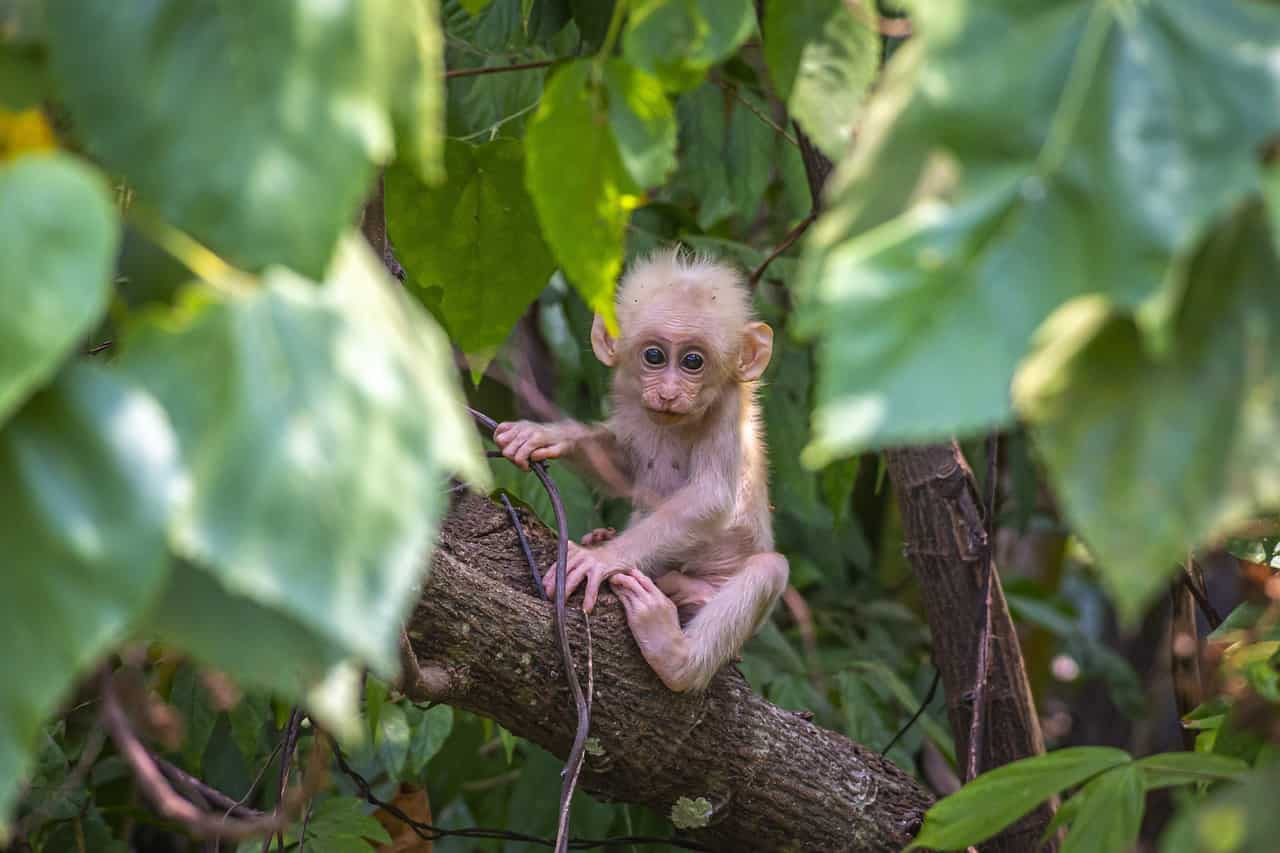
Leaves in tropical forests across regions from South America to Southeast Asia are facing a concerning threat due to rising temperatures, warns a new study. The study reveals that some leaves are becoming so hot that their ability to photosynthesize — the process through which they convert carbon dioxide, sunlight, and water into energy — is being compromised.
This phenomenon could have significant repercussions for global forests, unleashing a disastrous feedback loop in which plants die, leading to more heat, which causes more plants to die. It’s certainly something to ponder as we come out of the warmest month ever on record.
A dangerous tipping point
The study, published in Nature, brings attention to the critical temperature threshold of approximately 46.7 degrees Celsius (116 °F) at which leaves’ photosynthetic capacity starts to decline. While this temperature might seem high, it’s important to note that leaves can become much hotter than the surrounding air temperature.
The research, conducted by an international team of scientists from the US, Australia, and Brazil, combined data from thermal satellite sensors aboard the International Space Station with on-site leaf-warming experiments from across the world.
“Historically, we have either studied individual trees to gather data at small scales or used satellite instruments to gather data at large scales. What was missing was a way to collect data at small scales across the tropics,” said co-author Joshua Fisher, who helped launch the ECOSTRESS satellite while working as a NASA scientist at the Jet Propulsion Laboratory (JPL) five years ago.
“That’s where we turn to satellite remote sensing. We were able to measure the temperature of the trees directly at incredibly high resolution, all the way from space, using thermal infrared sensing.”

Rather than analyzing average temperatures, the researchers concentrated on extreme conditions. Their findings indicated that while average forest canopy temperatures peaked at 34 degrees Celsius (93 °F), certain areas experienced temperatures exceeding 40 °C (104 °F).
“We were really surprised that when we warmed leaves by just a few degrees, the highest leaf temperatures actually increased by 8 degrees Celsius. This shows a concerning non-linear feedback that we were not expecting,” said Doughty, who is an associate professor of ecoinformatics at Northern Arizona University.
At present, a minute fraction, just 0.01%, of leaves are surpassing the critical temperature threshold that jeopardizes their photosynthetic function. Despite this small percentage, the study predicts that as global temperatures continue to rise, this number is likely to increase. The report highlights that even though this percentage may appear minor, its growth could pose a serious threat to tropical forests worldwide. These forests cover about 12% of the planet and are home to over half of its species. Additionally, they play a crucial role in carbon absorption and climate regulation.
According to the researchers, tropical forests can tolerate approximately 4 °C (7.2 °F) of additional global warming before they reach a critical tipping point concerning photosynthesis. If temperatures exceed this threshold, the study suggests that the percentage of leaves surpassing critical temperature limits could rise to 1.4%, leading to substantial leaf loss and even tree death.
The study has implications for understanding how tropical forests will respond to ongoing climate change. But most importantly, the findings underscore the importance of reducing our carbon emissions to stabilize temperatures. Under low-emission scenarios, most tropical forest tree leaves can survive overheating, preserving the ecosystems. There is still time, but the window of opportunity is getting narrower with each passing day.
“Our model is not fate,” Doughty said. “It suggests that with some basic climate mitigation, we can address this issue. Further, it helps pinpoint a few key areas that need further research, like whether tropical trees can change their upper-temperature thresholds.”
“By avoiding high-emissions pathways and deforestation, we can protect the fate of these critical realms of carbon, water and biodiversity,” he added.






